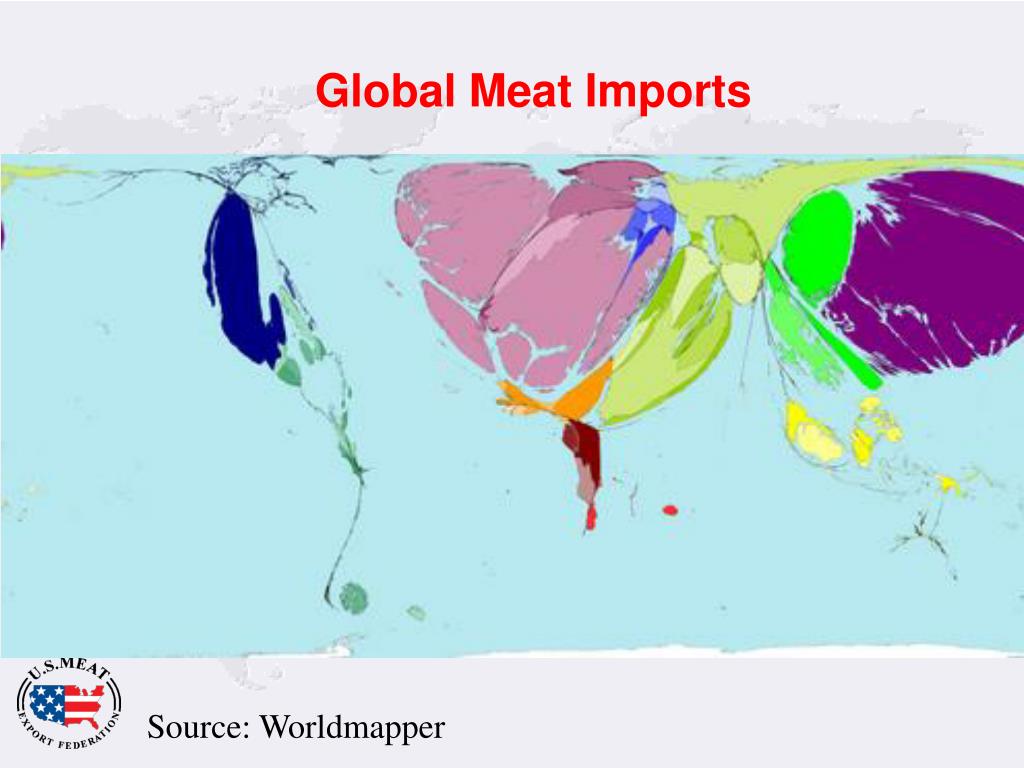

“The increase in exports to Hong Kong by Russian producers can be explained by the fact that Hong Kong was opened for beef supplies in 2019, and mainland China only in 2020. The highest rates of import growth in physical terms were shown by Hong Kong (+ 245% to 234 tons in Q1 2021), Saudi Arabia (+ 141% to 497 tons) and Uzbekistan (107 times to 256 tons). The top three exporters of domestic beef also included Saudi Arabia and Kazakhstan. “Therefore, in the coming years, imports of Russian beef to China will continue to grow at a high rate.”

“The need to keep meat imports at a high level will remain for at least the next five years, while the effects of the African swine fever outbreak are felt,” commented head of the CIE, Andrei Dalnov. In addition, China’s own meat production was impacted by the African swine fever of 2018-2019, which also forced the country to increase meat imports. The CIE explained the export growth as “the effect of a low base and a competitive price,” which makes Russian beef popular among Chinese consumers. In the first quarter of 2021, Russia-China trade volume reached $28 billion (€24bn), an increase of 15% over the same period in 2020, while Russia’s exports of non-raw materials and non-energy commodities to China amounted to $4 billion (€3.4bn), an increase of 40% year-on-year. More than 55% of Russia’s total cattle meat exports go to the Chinese market, said CIE, and this is likely to grow over the next five years. The CIE revealed that China bought 3.7 thousand tons of Russian beef in the first quarter of 2021, more than 20 times more than during the same period in 2020. Russia is now the biggest exporter of beef to China, taking over from Australia, Argentina and Brazil, according to the Center for Industry Expertise (CIE) of Russia’s Rosselkhozbank.


 0 kommentar(er)
0 kommentar(er)
